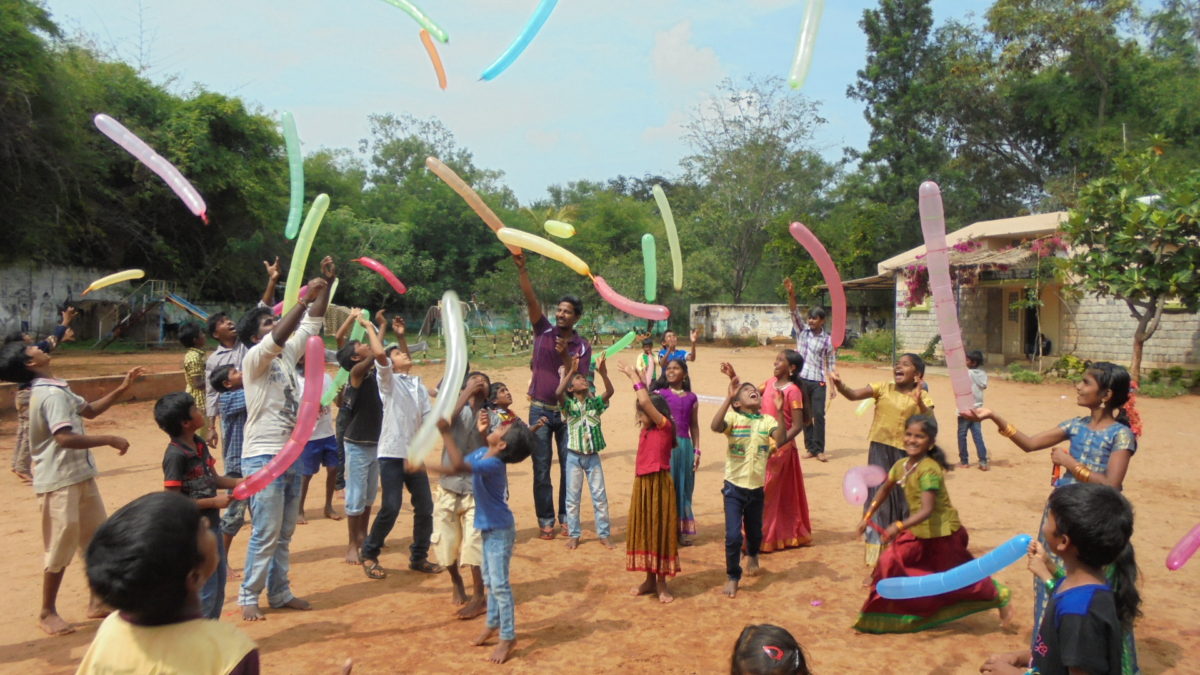by Andrew Skoirchet, M.D. with Alexandra Harrison

Preschool teachers, and perhaps teachers of older children also, have been taught Child Development more thoroughly than I ever was in Child Psychiatry training. Teachers see so many children. They see many children of the same age together and gather information from their own experience about norms of behavior for their particular cultural or socio-economic population. They observe peer interactions and find ways of supporting them and managing the behaviors that emerge. They learn to say hello and goodbye. That is what they do every year. They say hello and make an attachment to a group of children, whom they see every day and help with their struggles—academic and socio-emotional—and then they say goodbye to them. In addition, teachers attempt to meet the needs of children with special learning challenges. Finally, they have to plan a curriculum and implement it, despite the individual needs and preferences of their many students.
All this, and then the pandemic struck. My colleague, Andrew Skoirchet, and I gave a talk to some Indian teachers about the transition to remote teaching, and that gave us a chance to talk to some U.S. teachers about their experiences. Here are some thoughts that Andrew put together from our conversations with teachers.
———-
A Skoirchet: One of the most frequent comments we’ve heard was about how suddenly teachers had to transition to online learning. Many teachers doubled their work hours in order to prepare for class, often working through the weekend with no days off. They wondered how to create an engaging and effective remote learning environment, including what schedule to follow, how to promote active learning, and how to ensure that every student, with their own unique strengths and challenges, can stay involved in the lesson. Teachers worried about their younger students sitting in front of a screen for so many consecutive hours each day. Not surprisingly, teachers also found that their youngest students were often the most challenging to teach. Even after all the extra preparation, teachers would sometimes catch their students distracted by video games, cell phones, and other side activities. Or they had no idea about their students’ distractions, which can be just as disruptive to the learning process. Some children cannot effectively learn in a remote environment, whether because of some learning disability, issue with attention, or another cause, however teachers continually tried to “make it work” for these students.
Another major issue was the technical challenges in transitioning to the use of remote video platforms, which caused much confusion, anxiety, and quite a few mistakes. How do you manage when a screen freezes or the internet fails? Do you wait for students to rejoin a class, or keep the class going? Do you pause and recap when each student returns from a disruption? Are students even able to process the lesson through a video format? Nobody had the answer to these questions when COVID started. Just like teachers, school administrators were overwhelmed and uncertain about how to proceed, so teachers most often had to make their own individual decision for how to run their classes, while still being held to the standards of “evidence based” and “results driven” education.
In order to accommodate all of these new demands, teachers often made great sacrifices in their personal lives. They struggled to balance these new work demands against taking care of their own families and other household responsibilities. They lost the satisfaction of in-person connection with students and the sense of community with fellow teachers: the simple “hellos” and brief chats in the hallways that are incredibly important for teachers’ morale. And teachers also faced new emotional burdens. One of the more common complaints we have heard was self-doubt about the quality of their instruction and not having any point of reference to judge one’s own work. This self-doubt often consumes the little remaining “free time” a teacher has, and might leave them with a feeling of inadequacy and failure. Teachers often worried about losing their jobs and, in fact, many teachers have lost their jobs or have been placed on temporary leave. For many teachers, it has been a huge contradiction to work twice as hard as before COVID, making so many personal sacrifices, and then to feel so undervalued. Loneliness and a feeling of isolation have emerged as two common experiences during COVID, which can be especially difficult if a teacher does not live with family or a roommate. Teachers, like many, are reporting higher levels of anxiety and depression.
Other common worries that we have heard include witnessing the backsliding of their students’ progress. There is the concern that younger children are not having the necessary socialization experience, and it is not yet clear how this generation’s development will be affected. While some students’ families have the means to pay for additional resources and learning supports during COVID, other families do not. This has highlighted the inequities that exist in our society, as many teachers and students do not have the resources to overcome the challenges imposed by COVID. Teachers are saddened to see their most vulnerable students fall further behind because they cannot afford extra tutors, high-speed internet access, or computers. Even if both parents work extra hours, this means they have less time to help their children at home, and teachers are realizing just how crucial it is for parents to be available to support remote learning.
As for what teachers can do to take care of themselves, here is some of the most helpful advice we have learned: it is critical to schedule time for yourself, even if only 15 or 20 minutes per day. This could involve physical activity, writing in a journal, meditating, or doing a hobby. Some teachers have formed support groups, which has helped to replace those hallway conversations that can be so sustaining. It is also helpful to set boundaries on a number of different levels. For example, having a dedicated work space at home, ideally outside of the bedroom, can be especially helpful. If a teacher is being asked to return to in-person teaching, they should feel permitted to make their own decisions for how to keep themself and their loved ones safe. On a personal level, it is important to acknowledge when you need alone time, time for self-care, or time to be spent with loved ones. Professionally, teachers should also expect for their productivity to decrease and to understand that this is okay. It is important to draw boundaries around the total amount of time spent on work, as well as how much access students and families have of teachers outside the classroom. Finally, it is important to have boundaries in one’s own frame of mind. Teachers should not have to apologize for having limits, and they should feel justified in sharing these limits with administrators, students, and their students’ families.









